He was puking out a fluorescent green sludge that looked like something from a nuclear plant explosion. I wondered how he could have gotten so far from the water. A seagull must have plucked him out of the sea and either accidentally dropped him, or decided those spines weren’t worth the effort.
Lying there, stranded and helpless, he was on his last fin. So Brian decided to attempt a rescue. Unwilling to risk a spine in the foot, he began pushing him with a water bottle towards salvation, rolling him over and over.
By the time he got him to the water, “Wally” was covered in a thick coating of shells and sand. Ouch. Wally looked like we’d rolled him in flour, prepping him for stir fry. At this point we’d turned him so many times, we weren’t sure he could even move.
But after a final flick into the Sea, the sand washed away and Wally woke up. Disoriented at first, it took him a few seconds to recover. But then, miraculously, he swam away!!! It was only after I looked at the video that I noticed a seagull waiting just offshore. And Wally was headed right for him! Nooooo!!
Fun Balloonfish Facts:
- The Balloonfish is the most common type of Porcupinefish in the Sea of Cortez. They are also called Spiny Porcupinefish or Spiny Puffer.
- Latin name: Diodon Holocathus. Spanish name (local Mexican term): Botete.
- Balloonfish belong to the larger family of Pufferfish in which there are over 120 types, including spiny and non-spiny, all with the ability to inflate. Many pufferfish are extremely toxic.
- Balloonfish can inflate their bodies by in-taking water into their stomach, forming a spherical shape. This blow-up fish doubles or triples their normal size, thereby scaring away some predators, not to mention making themselves harder to eat. Ouch.
- Their spines are a form of scale, normally lying flat against their bodies while swimming. But when agitated, they protrude like a thorny cactus. Wally was quite agitated. Don’t step on one.
- Balloonfish prefer mainly hermit crabs for dinner.
- These fish are not fit for human consumption; they contain a neurotoxin. But sharks, wahoo and dorado apparently are immune.
- Balloonfish swim rather sluggishly. They are also just too darn cute!

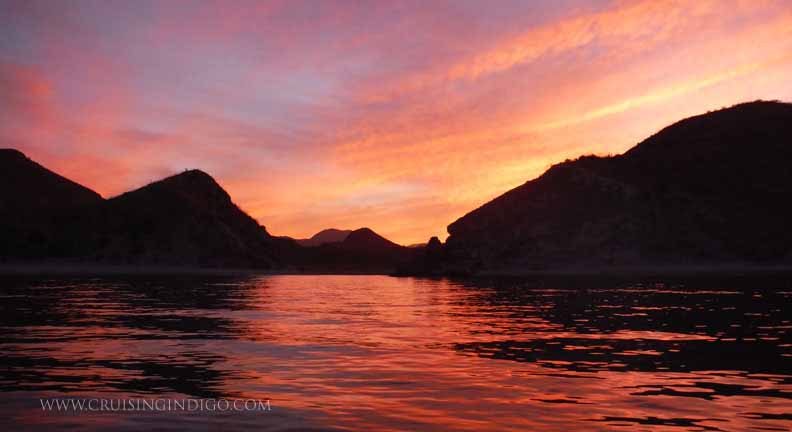
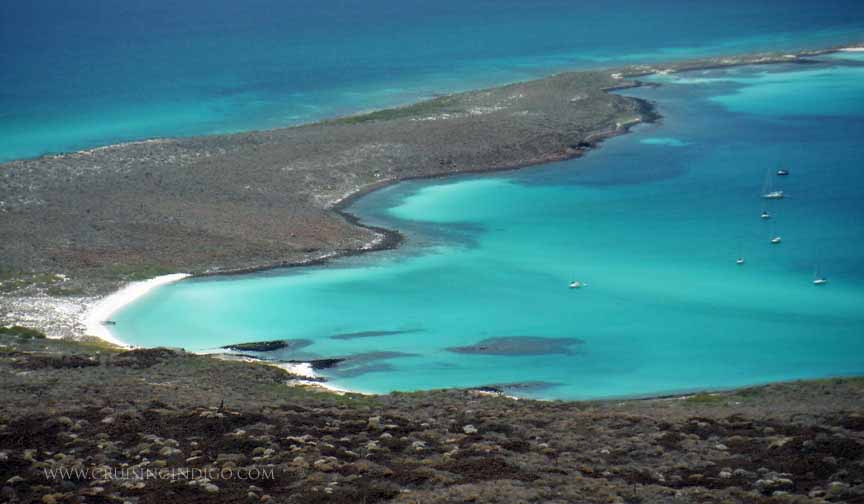

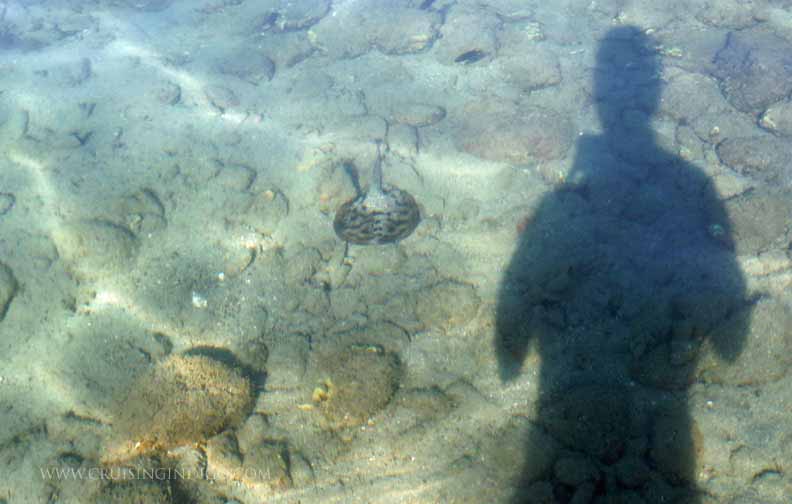
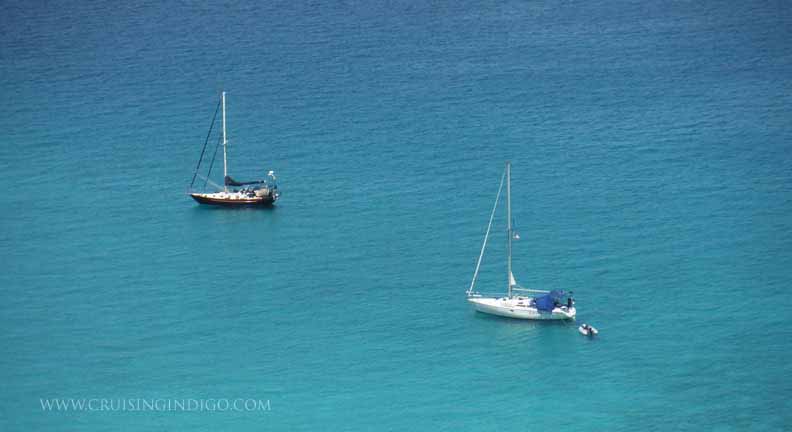
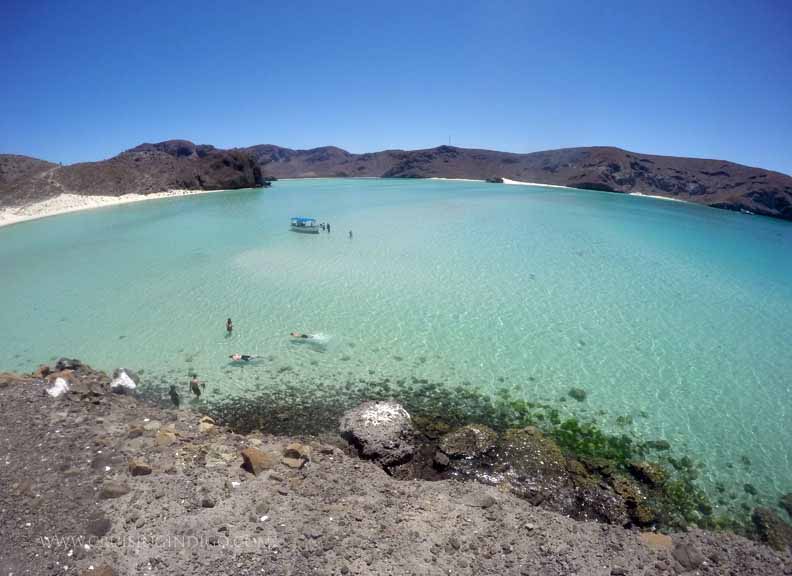
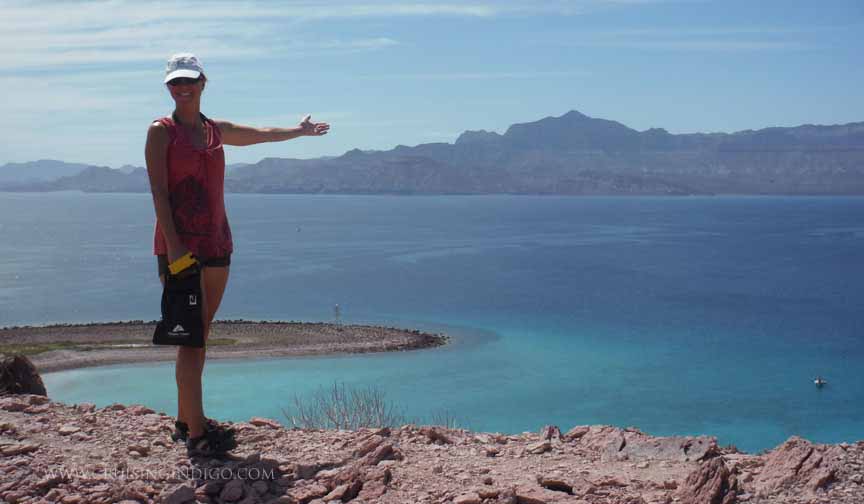
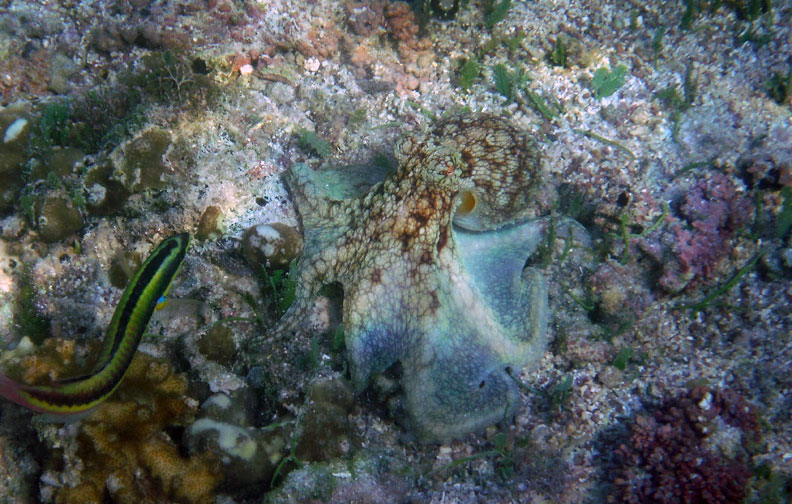
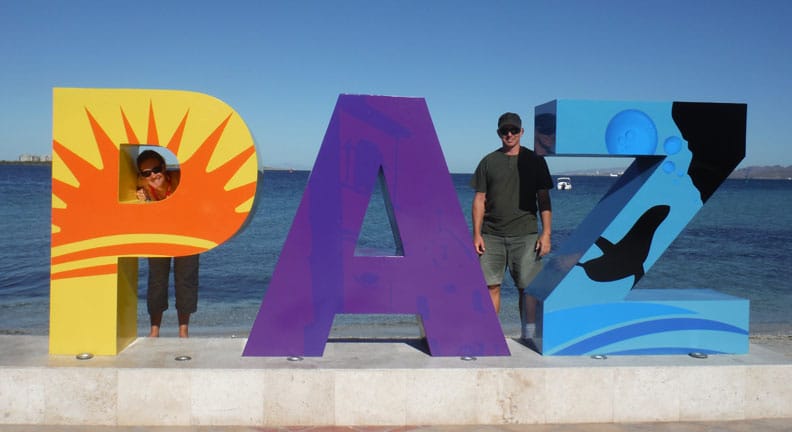
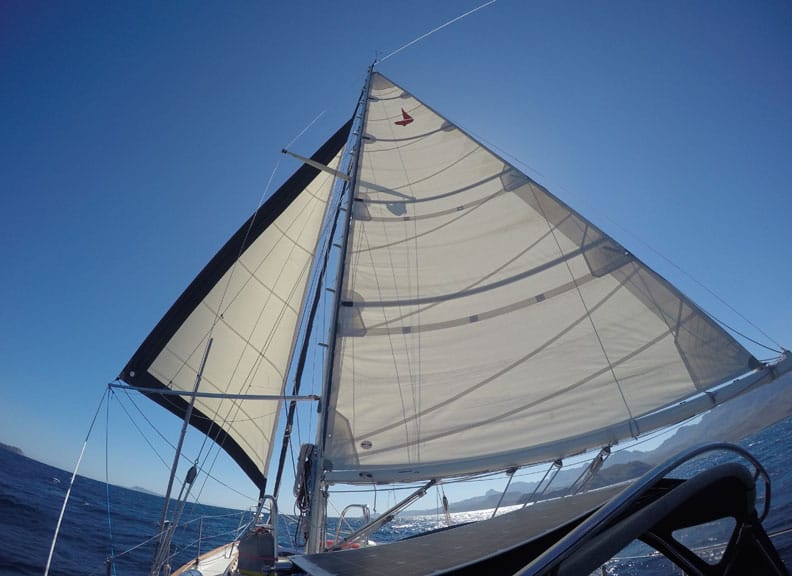
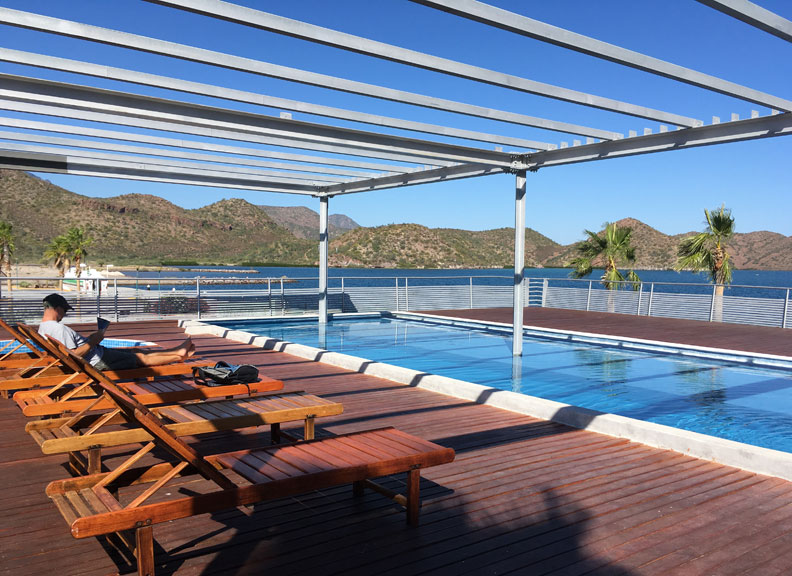
 RSS Feed
RSS Feed
